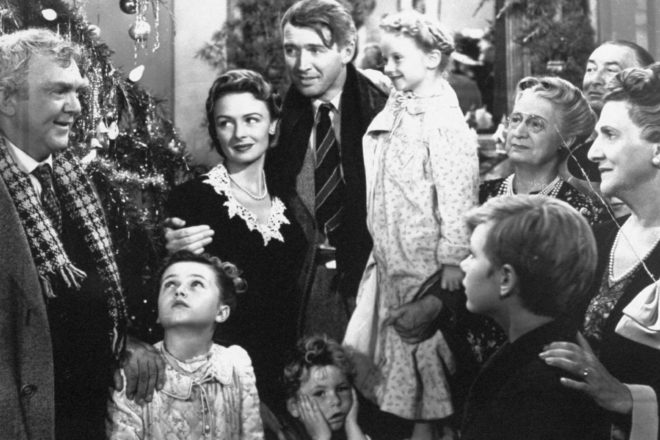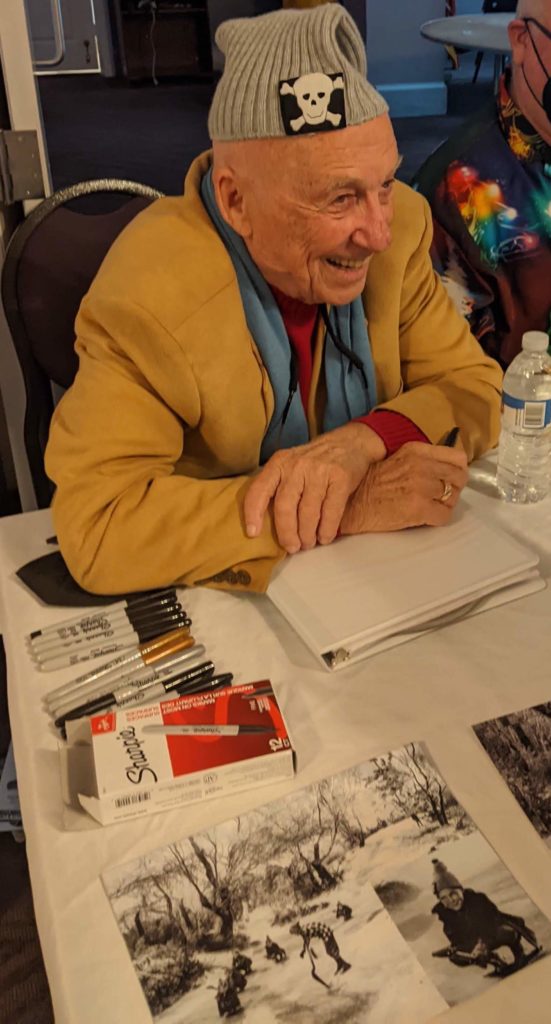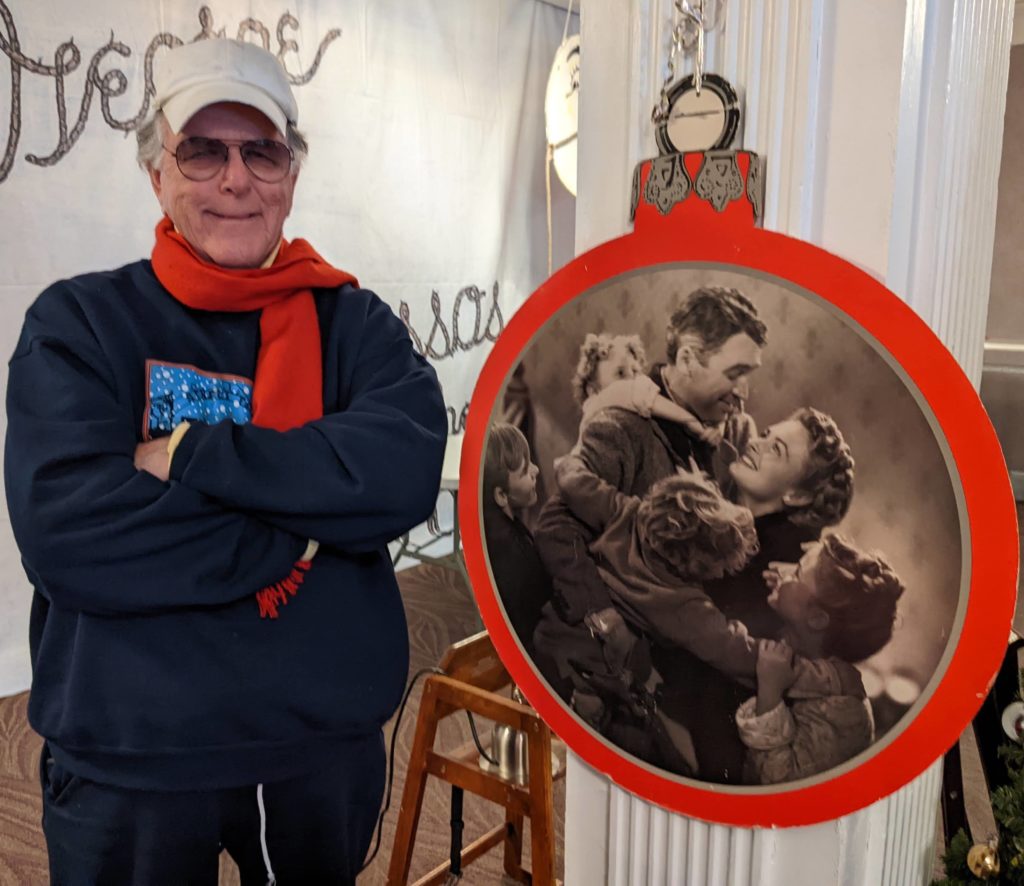Actors Recall Magic of It’s a Wonderful Life
- Share
- Tweet
- Pin
- Share

The fictional town of Bedford Falls is the setting for one of the most beloved films in cinema history, It’s a Wonderful Life. But the real town of Seneca Falls, New York, claims to be the inspiration for Frank Capra’s 1946 classic. It is said that Capra had visited Seneca Falls while writing the screenplay for the film and based much of it on this town, better known for the birth of the women’s rights movement.
The city is so confident that it holds an annual It’s a Wonderful Life Festival, where I met the actors who portrayed the three youngest of George Bailey’s children. Jimmy Hawkins (Tommy Bailey), Carol Coombs (Janie Bailey) and Karolyn Grimes (Zuzu Bailey) offered their thoughts and remembrances of the film, which has brought joy and inspiration to viewers for decades.
Despite the three-quarters of a century that has passed since the movie’s release, the former child actors still have fond memories of a film that did not gain a following until well into their adulthoods.
“It was wonderful to be in the movie, and it was great because I was part of a family,” Coombs said.
Hawkins recalls having to wake up early in the mornings and taking buses and streetcars to get to Culver City, California, where the film was being shot. In particular, he recalls his famous line as young Tommy follows his father, saying, “Excuse me, excuse me … I burped.”
“I remember Frank Capra was very patient with me,” Hawkins said. “The ‘Excuse me’ line – he squatted down and asked me, ‘Do you see where you are?’ I want you to tug on this man’s coattail. Keep pulling on it. And when we get right here, see where we are? I want you to say, ‘Excuse me.’ I understood [that Jimmy Stewart wasn’t really mad at me], and everyone on the set laughed.”

Playing the sweet-hearted Zuzu Bailey, Karolyn Grimes was 39 years old before she first watched the film and acknowledged that, like many of the child actors, the film had faded into her childhood before it gained popularity years later. 
Michael Chapin, who played one of young George’s friends sledding on a metal shovel in an opening scene, wears the stocking cap embroidered with a skull and crossbones as seen in the film. 
As Tommy Bailey, Jimmy Hawkins fondly recalls tugging on Jimmy Stewart’s coattails as a toddler asking to be excused for burping.
The dramatic scene in which George Bailey breaks down and is short tempered with his family was one of the most difficult scenes in the movie for Capra to direct, according to Hawkins.
“[Capra] wanted to break up the scene,” Hawkins said. “It was so dramatic. He wanted to break it up with humor. And that’s why he added it.”
Coombs recalled becoming sensitive during the scene that required her to practice the piano and utter the “Oh, Daddy” line through tears.
“I was soft hearted,” Coombs said. “Having [Stewart] coming in and getting mad at me – oh, my gosh, it was easy to cry. But the director was wonderful, and even the assistant director told me exactly what was going to happen and how we were supposed to react.”
In 2006, the American Film Institute ranked It’s a Wonderful Life as the most inspirational film of all time. The holiday classic was not an initial success, but 30 years later, it became a regular feature on television thanks to a clerical error that led to a lapse in the copyright renewal.
According to the Copyright Act of 1909, film copyright was for a maximum of 28 years, with the option to renew for another 28 years after the initial term ended. When the copyright wasn’t renewed, the film entered the public domain, allowing television stations across the country to air it around Christmastime, which turned it into a holiday staple.
Coombs, who was a school teacher early in her adulthood, said she never mentioned to her students that she was the piano-playing daughter of George Bailey because the film didn’t become popular until many of the child actors were well into their adulthoods. Now the film’s surviving actors embrace the generations that have grown to love and connect with the film and its inspirational message.
The fictional town of Bedford Falls was Capra’s ode to the “Everyman” in “Anytown, USA.” He wanted people to see their own community in the film, Grimes told National Public Radio in 2016.
So whether the film’s setting resembles Seneca Falls, or a movie set in Culver City or the small town of Sturgeon Bay – with its own steel bridge and quaint, nostalgic downtown – Capra’s emotional Christmas classic still hits home wherever viewers may be.


